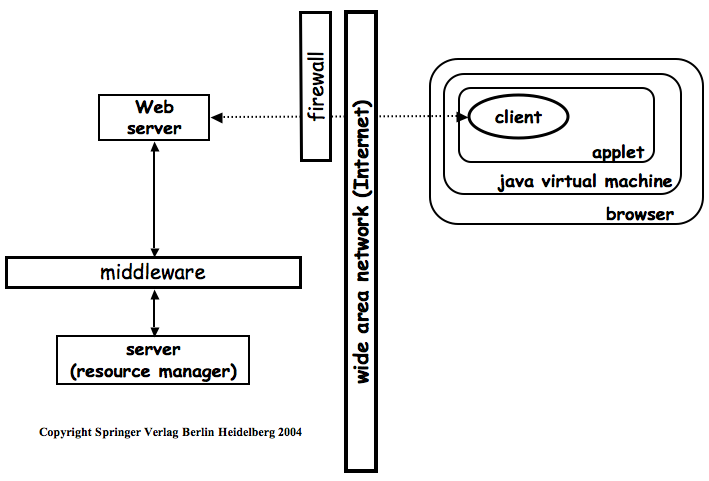 |
| Add caption |
File Transfer Protocol (FTP), a standard Internet protocol, is the simplest way to exchange files between computers on the Internet. FTP is an application protocol that uses the Internet's TCP/IP protocols. FTP is commonly used to transfer Web page files from their creator to the computer that acts as their server for everyone on the Internet. It's also commonly used to download programs and other files to your computer from other servers.
Plug-ins

In computing a plug-in (or plugin) is a set of software components that adds specific capabilities to a larger software application. If supported, plug-ins enable customizing the functionality of an application. For example, plug-ins are commonly used in web browser to play video, scan for viruses, and display new file types. Well-known plug-ins examples include Adobe Flash Player and Quick Time.
Filters

Filter (also known as the higher-order-function) is a higher-order function that processes a data structure (typically a list) into a form that the computer can understand and function on it.
.
Internet Security Suite

Internet Security Suite is a proactive defense against viruses and spyware. It helps prevent identity theft, loss of important files and the general degradation of your computers performance.
Instead of having to buy separate antivirus, antispyware and firewall programs, you can buy an internet security suite and have those tools integrated into one helpful program . You are saving money if you buy an Internet Security Suite. Futhermore, you will have protection programs that perform seamlessly together and keep your computer from becoming victim to malicious security threats.
Wiki

A wiki is a website that allows everyone to become a text editor as everyone is welcome to fill in missing information or correct the inaccurancies..Wikis are typically powered by wiki software and are often used to create collaborative wiki websites, to power community websites, for personal note taking, in corporate intranets, and in knowledge management systems.
Javascripts

JavaScript is used to enable programmatiic access to computational objects within a host environment. It can be characterized as a prototype-based object-oriented scripting language that is dynamic, weakly typed and has first-class functions. It is also considered a functional programming language like Scheme and OCaml because it has closures and supports higher-order functions.
Applets

An applet is a program written in the Java programming language that can be included in an Hypertext Markup Language (HTML) page, much in the same way an image is included in a page. When you use a Java technology-enabled browser to view a page that contains an applet, the applet's code is transferred to your system and executed by the browser's Java Virtual Machine (JVM).
Hypertext Makeup Language (HTML)

HTML, which stands for HyperText Markup Language, is the predominant markup language for web pages. A markup language is a set of markup tags, and HTML uses markup tags to describe web pages.
HTML is written in the form of HTML elements consisting of "tags" surrounded by angle brackets (like <html>) within the web page content. HTML tags normally come in pairs like <b> and </b>. The first tag in a pair is the start tag, the second tag is the end tag (they are also called opening tags and closing tags).
Uniform Resource Locator (URL)

In computing, a Uniform Resource Locator (URL) is a Uniform Resource Identifier (URI) that specifies where an identified resource is available and the mechanism for retrieving it. . All Uniform Resouce Locator have two parts, which are the protocol and domain name. The best-known example of the use of URLs is for the addresses of web pages on the World Wide Web, such as
http://www.example.com/.
0 comments:
Post a Comment